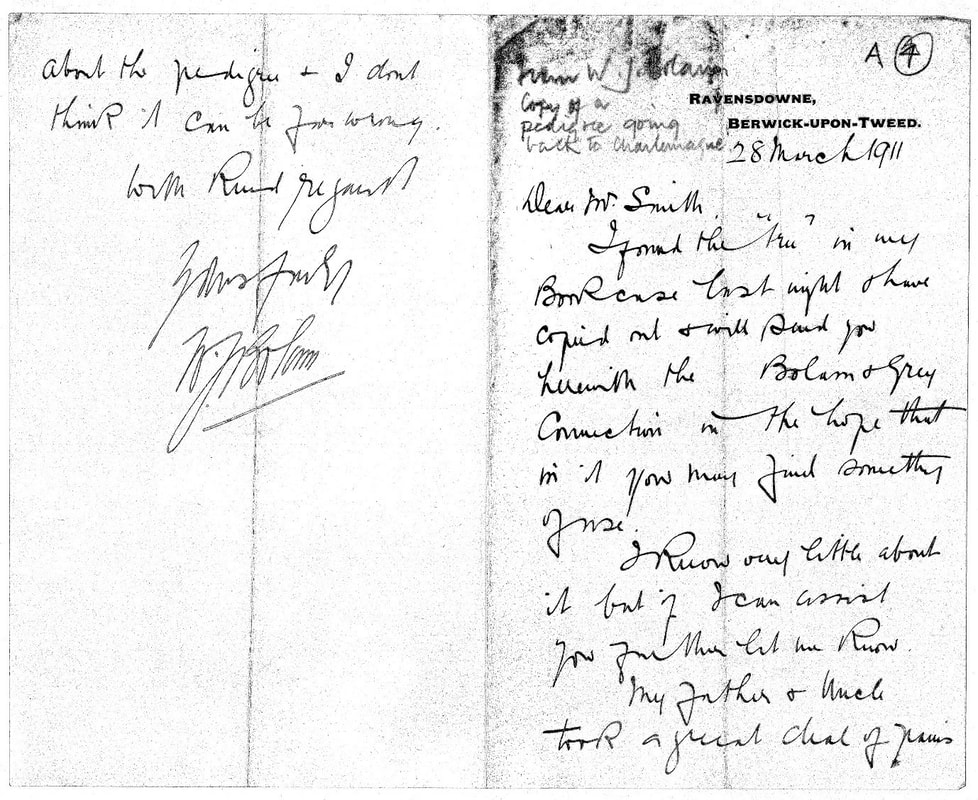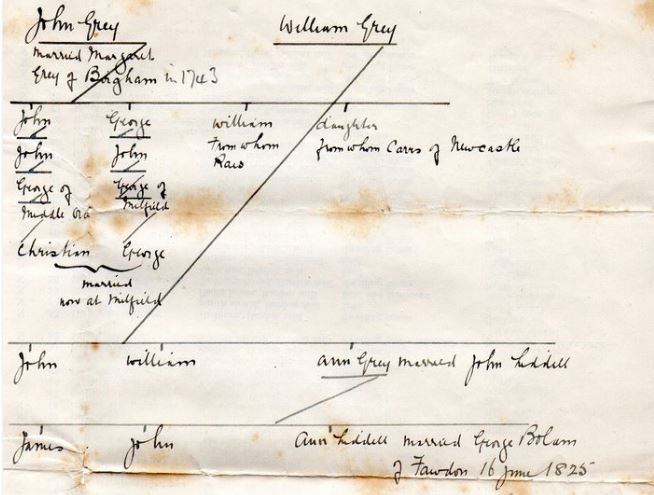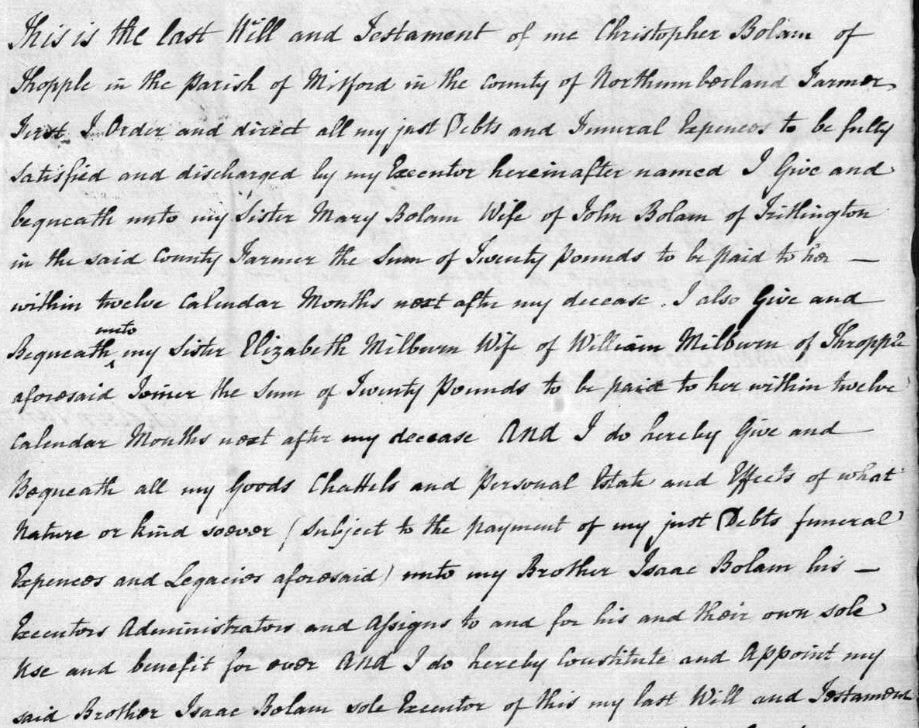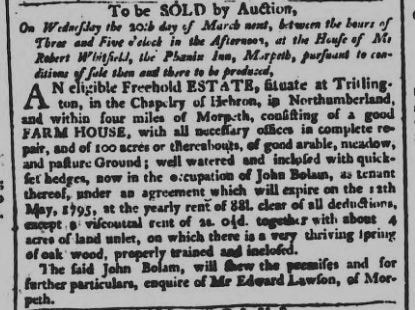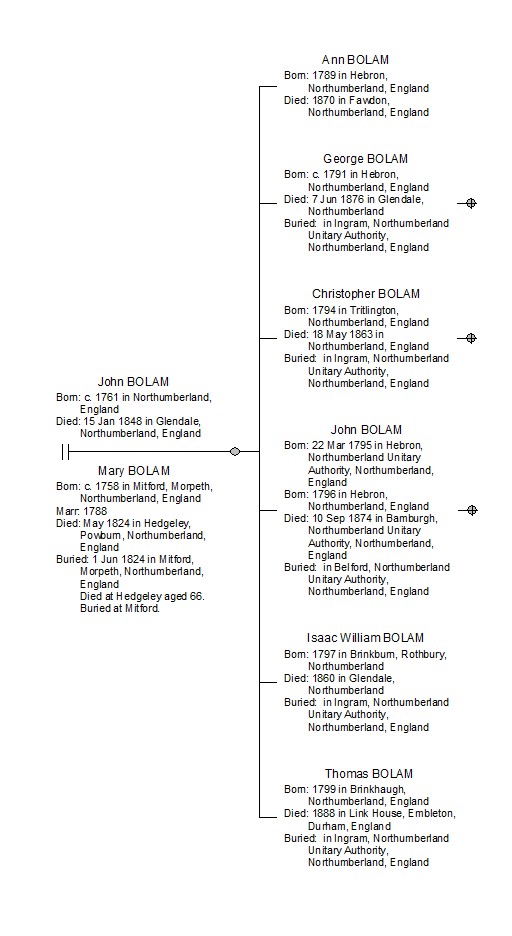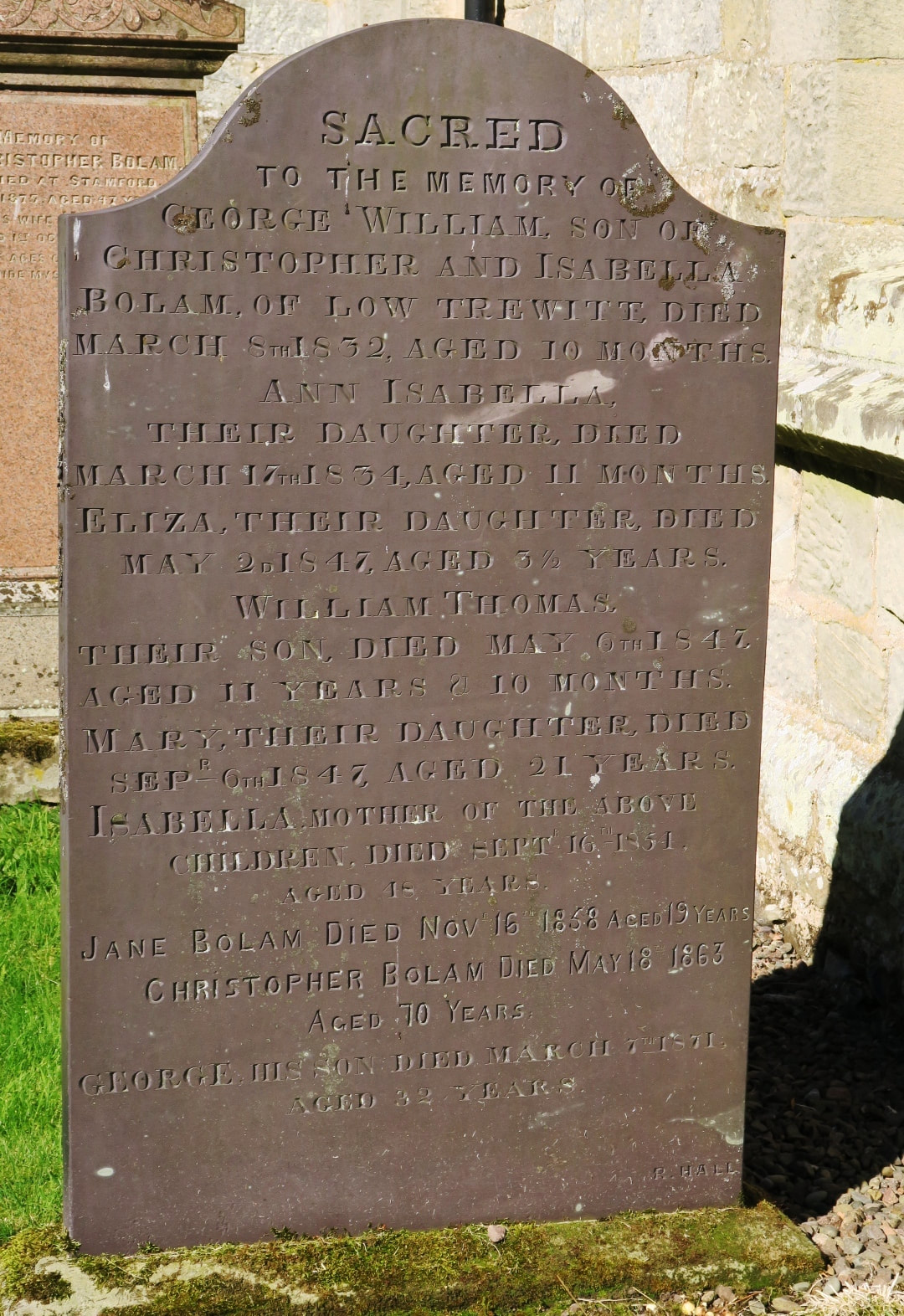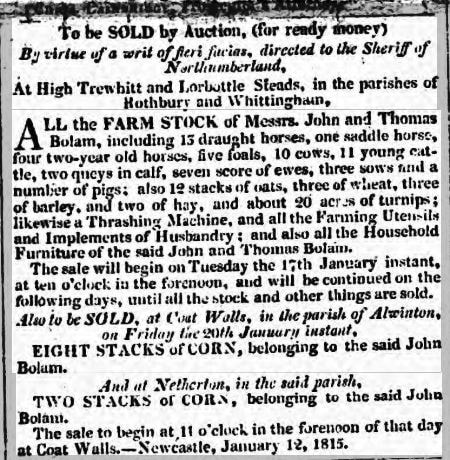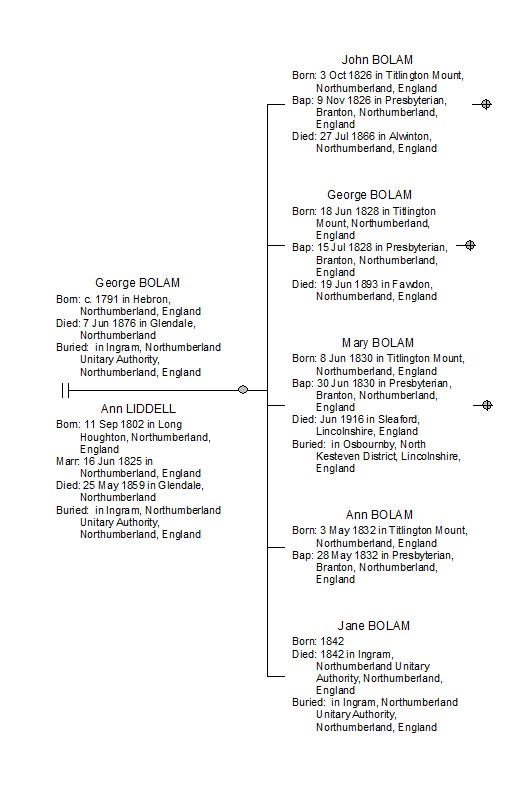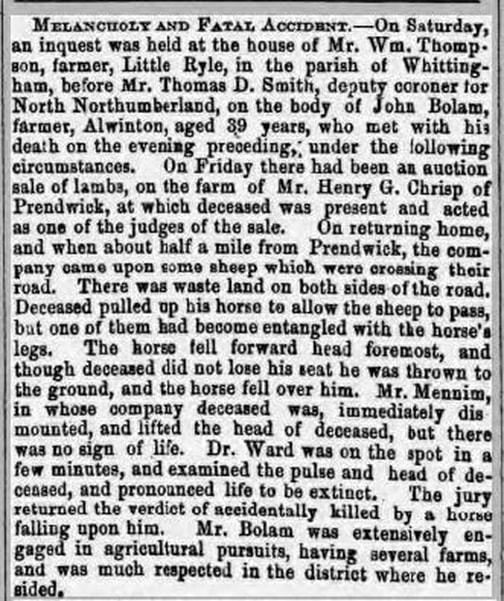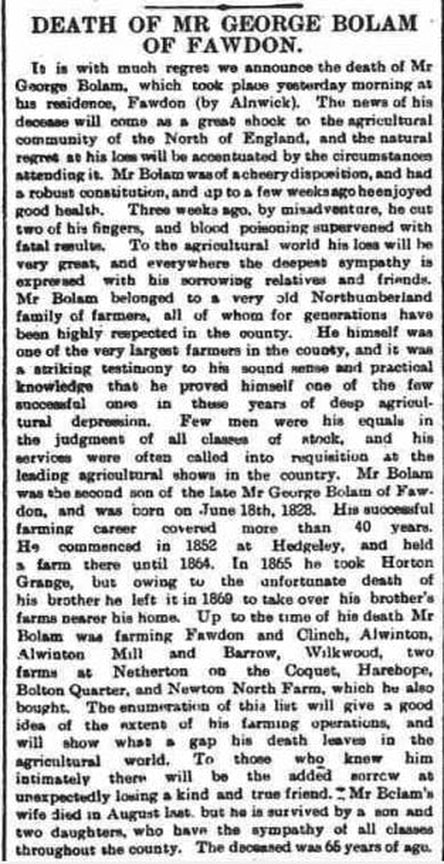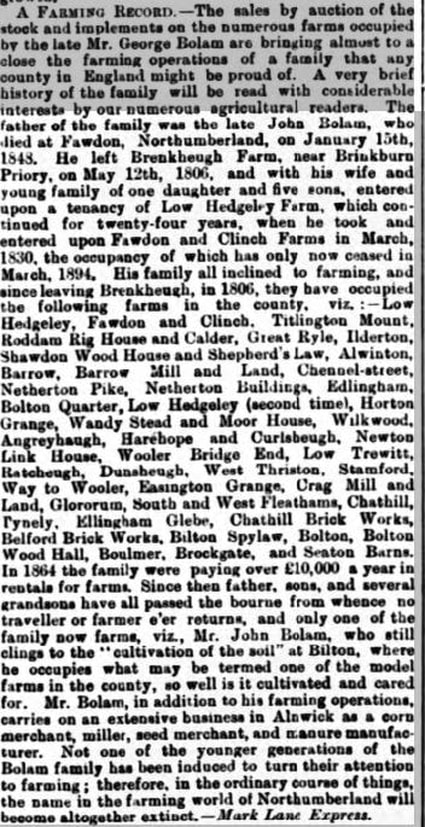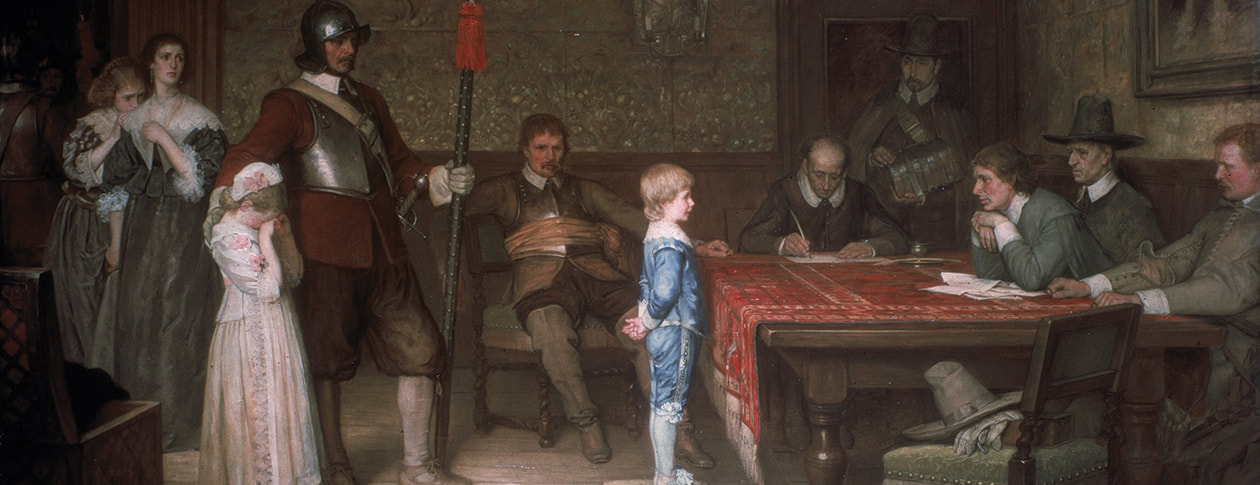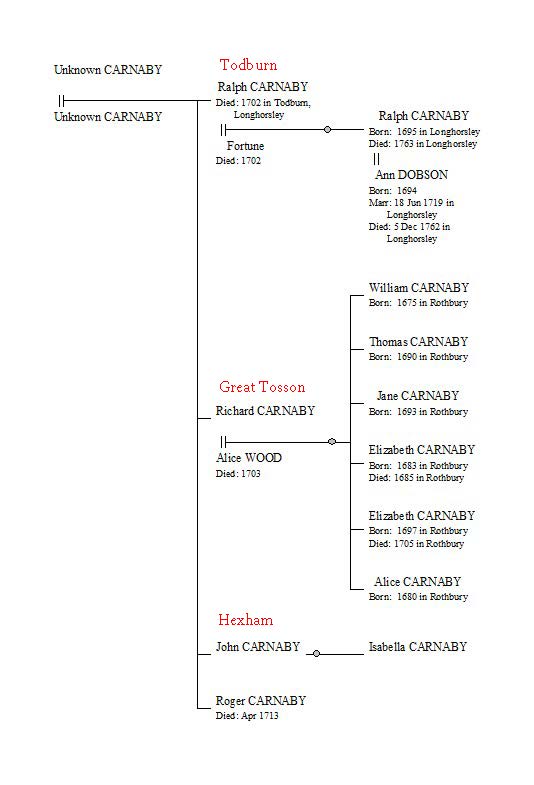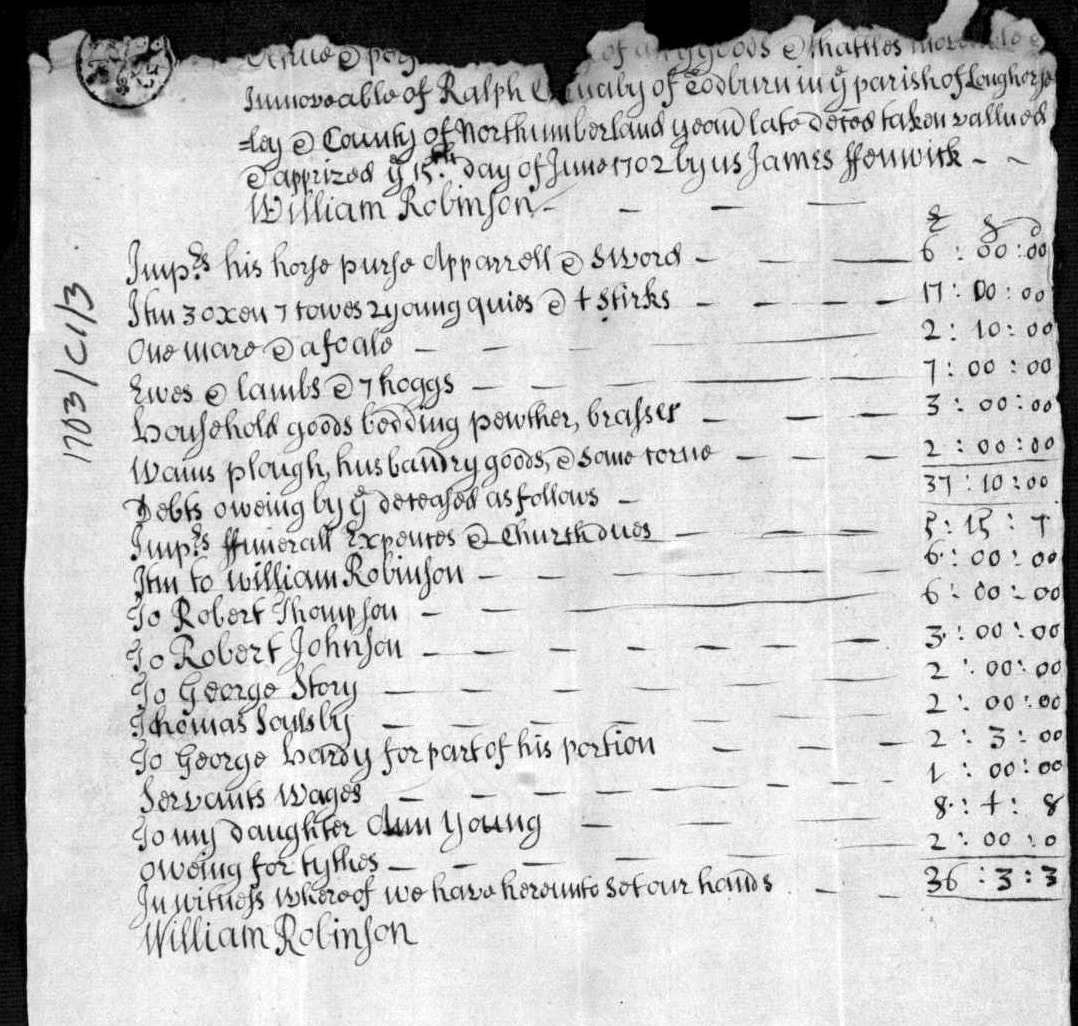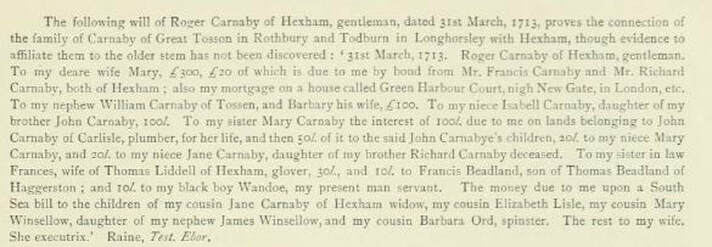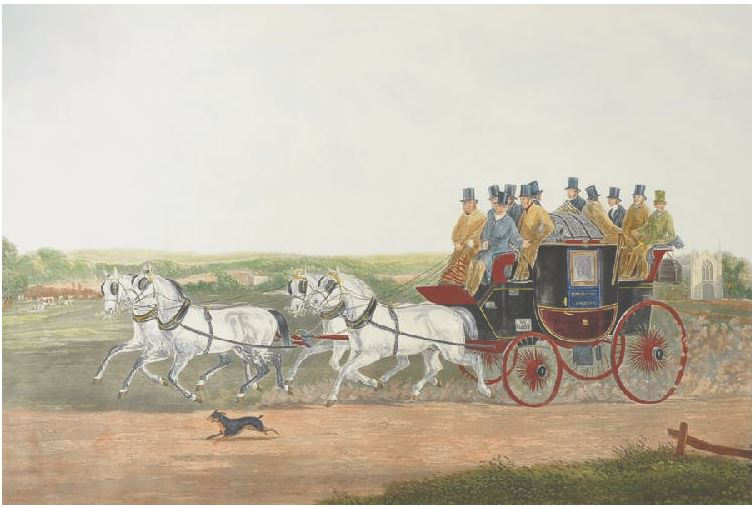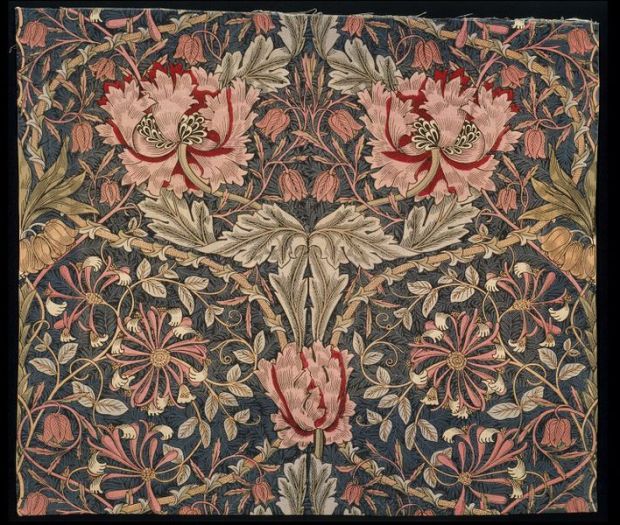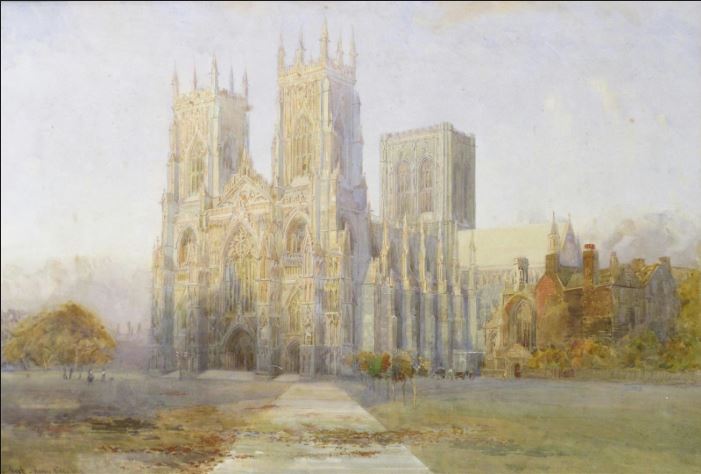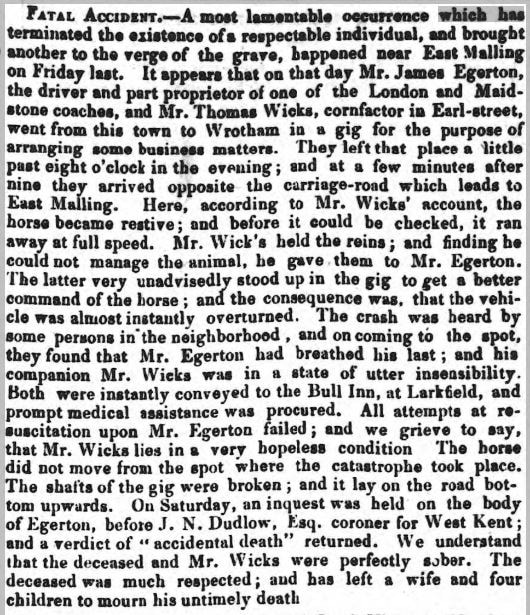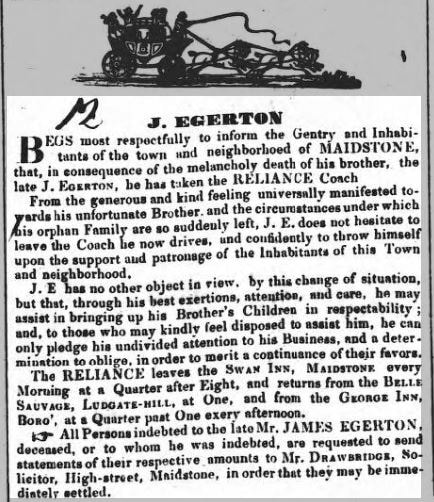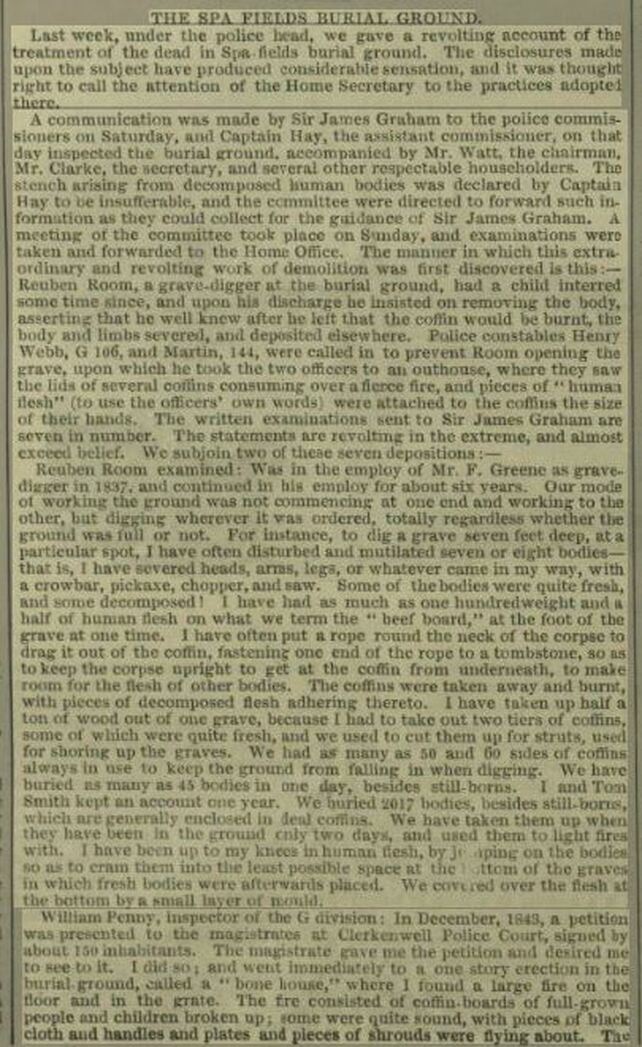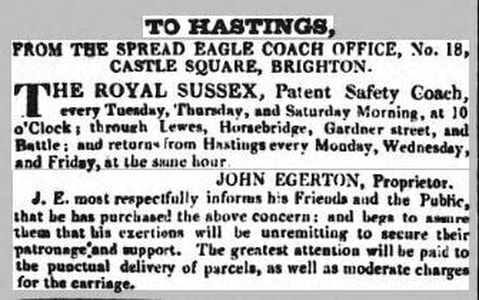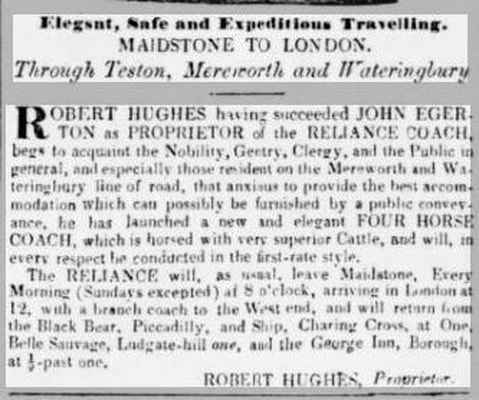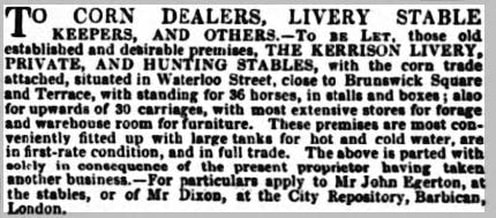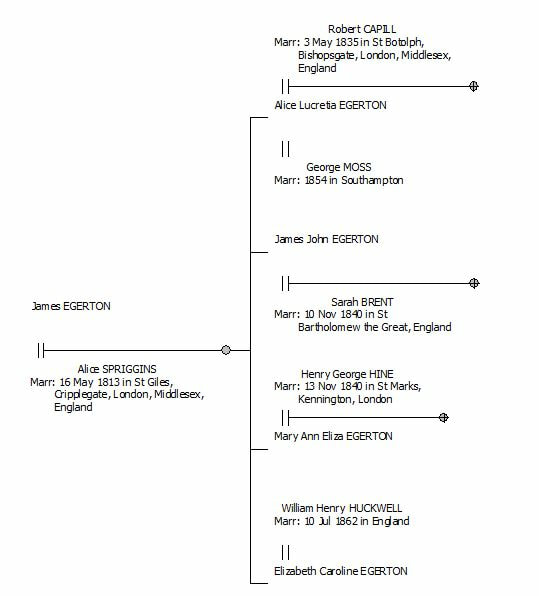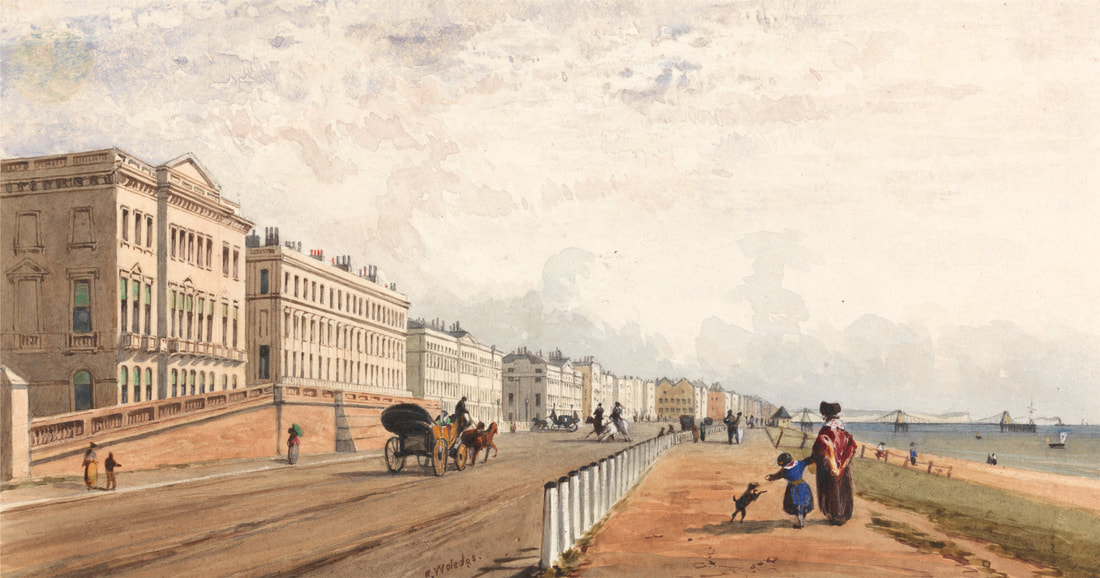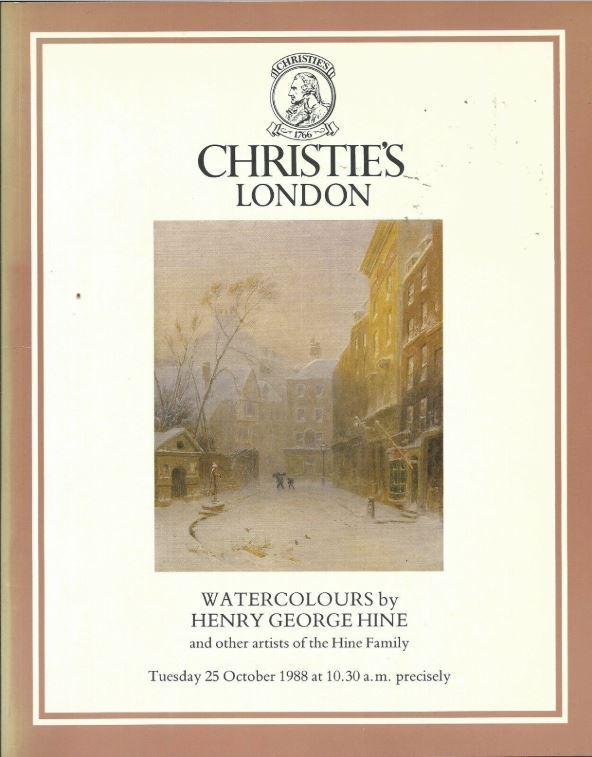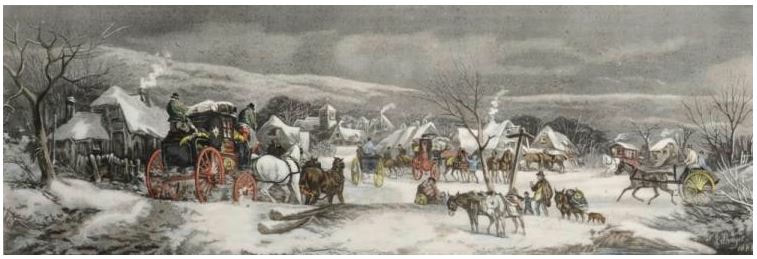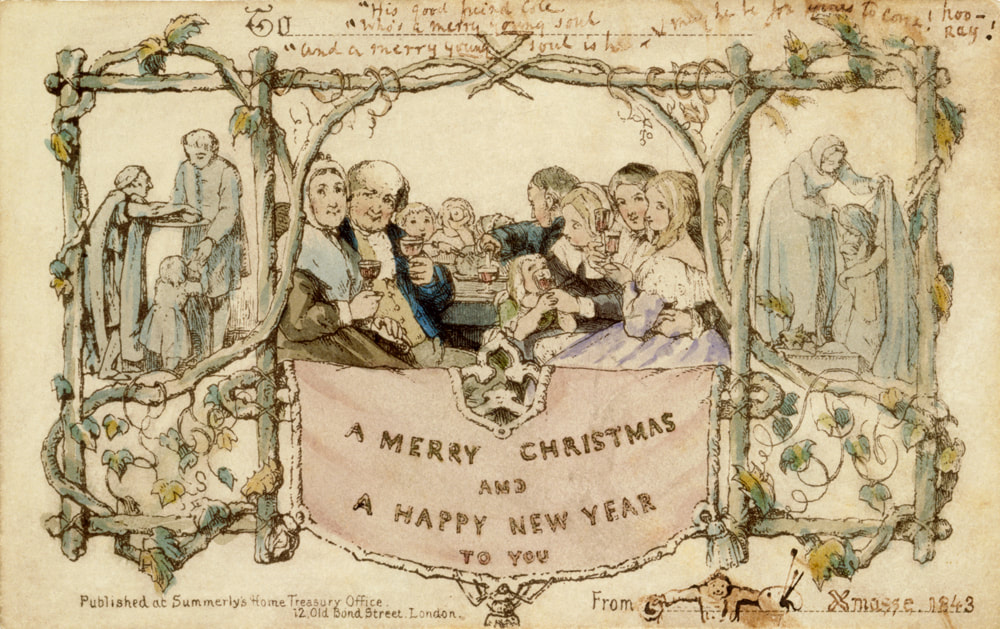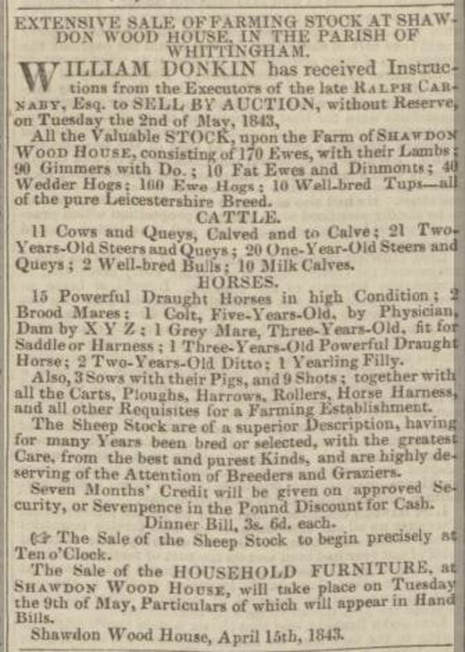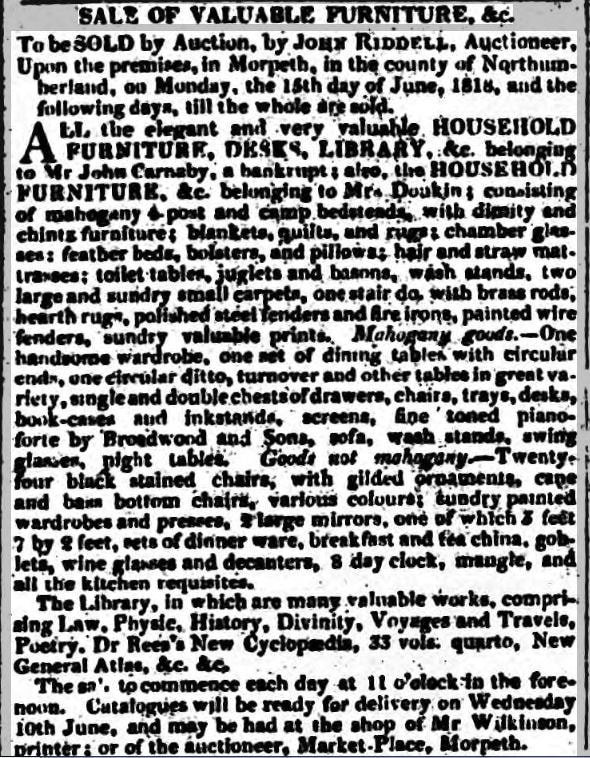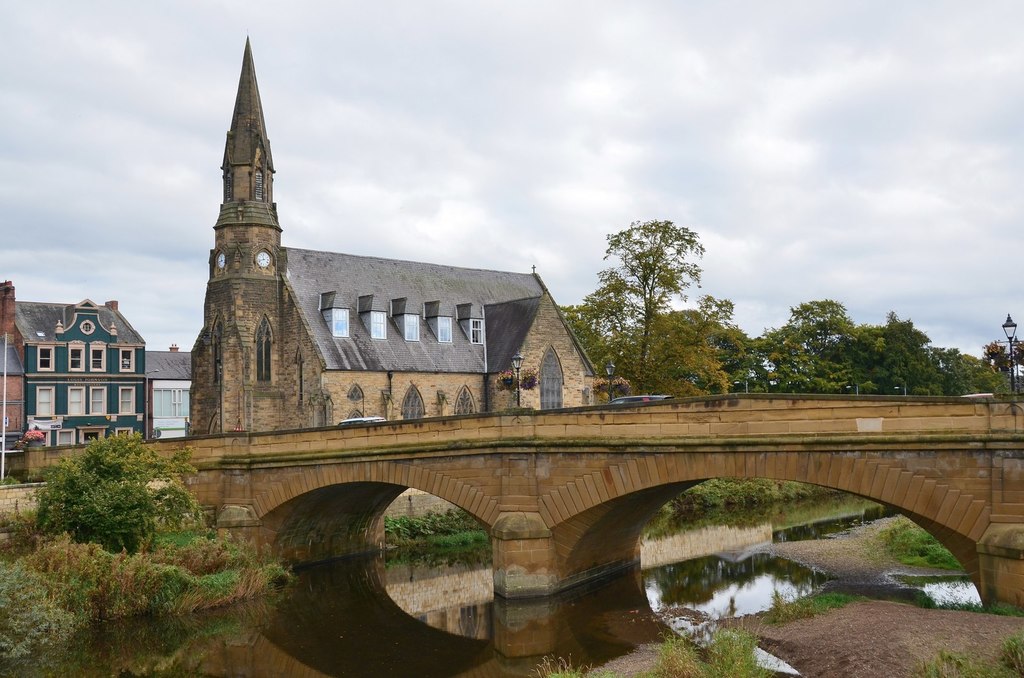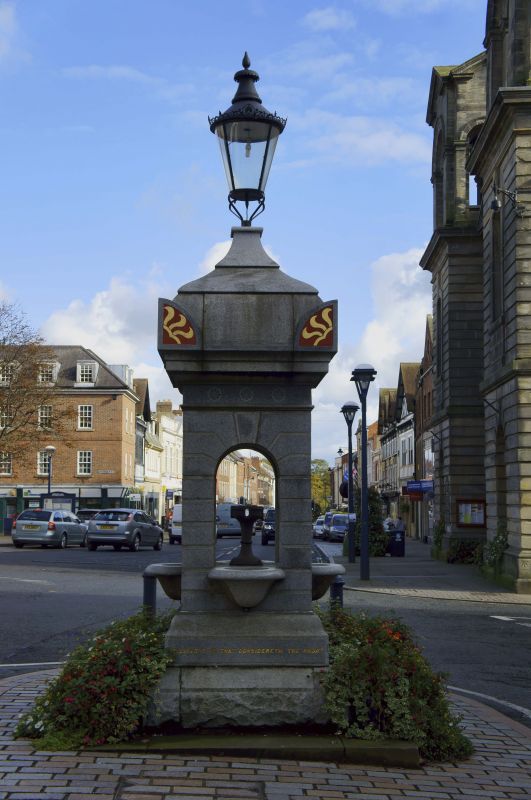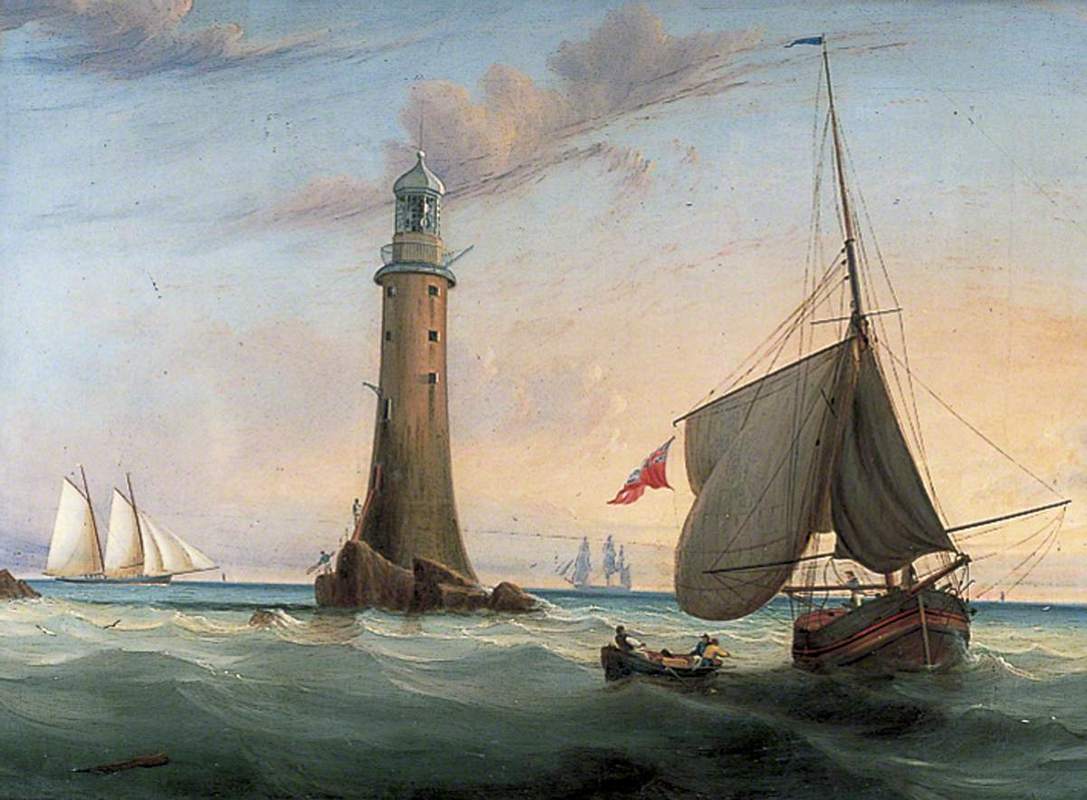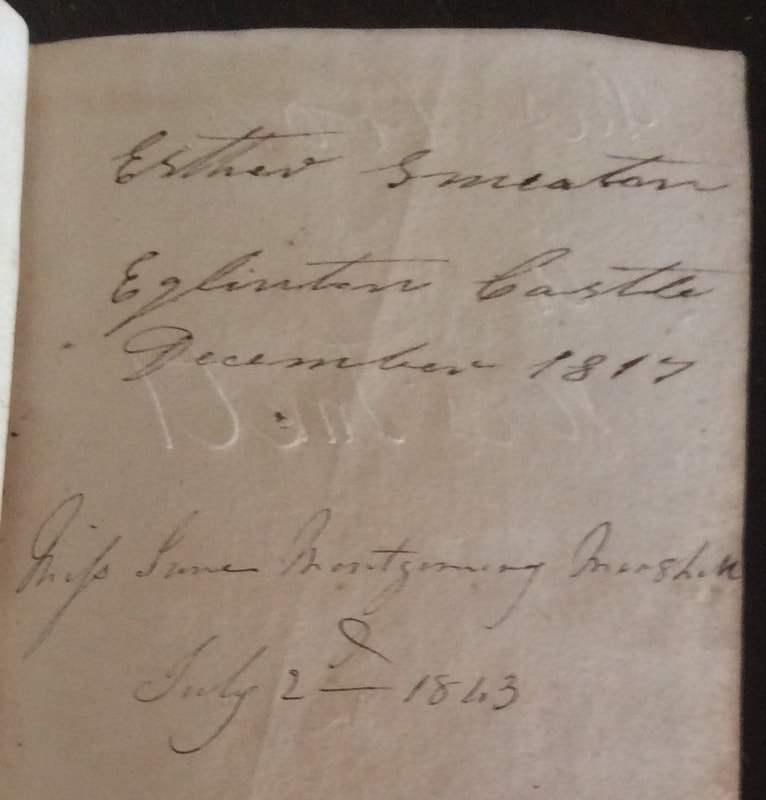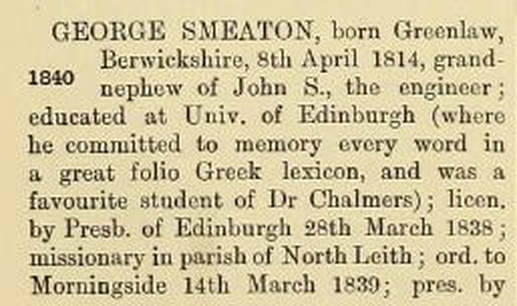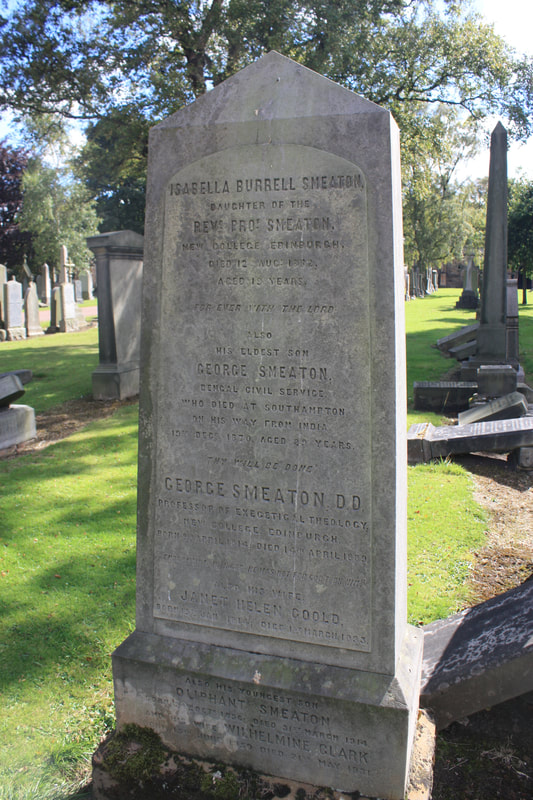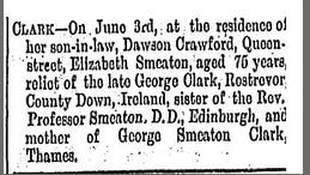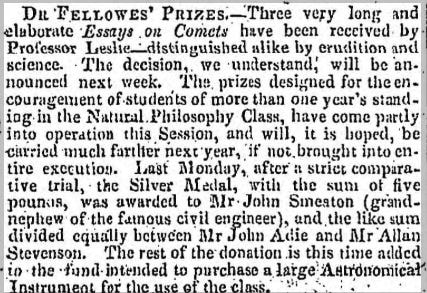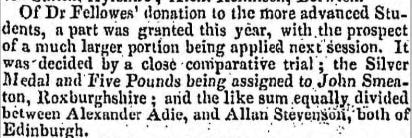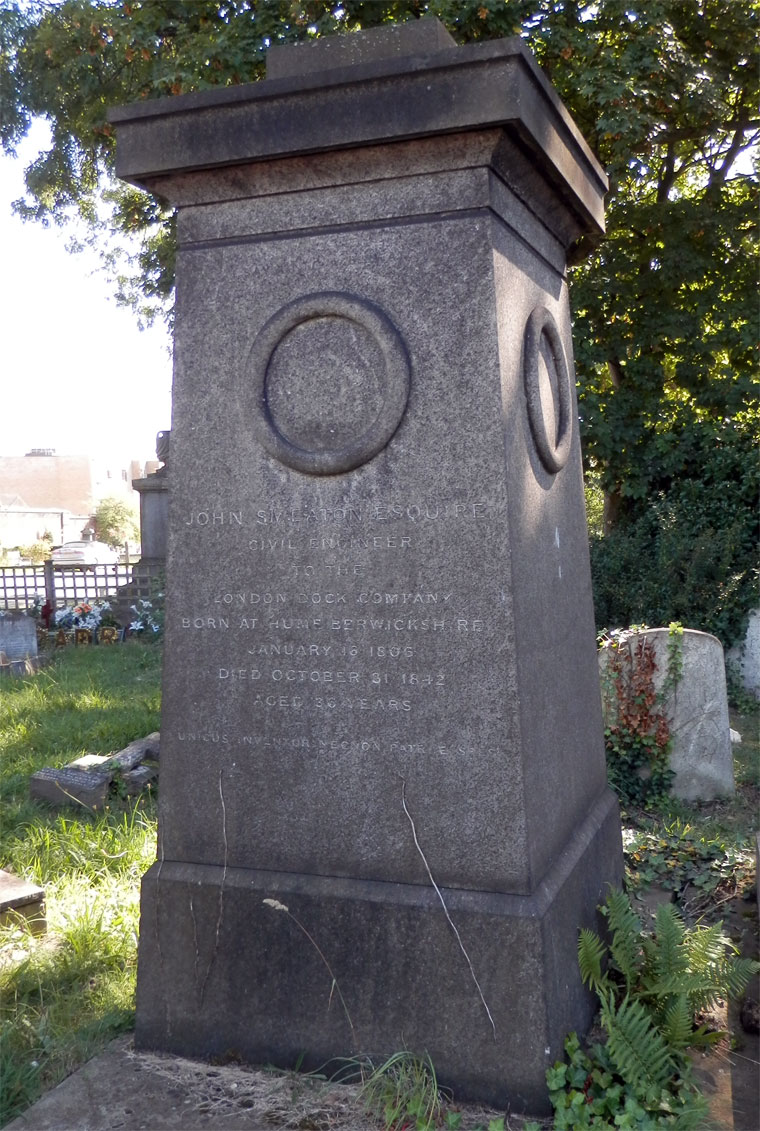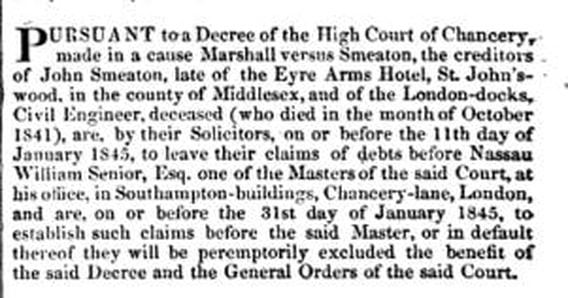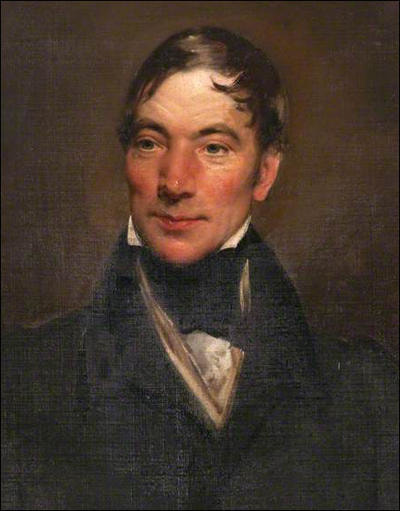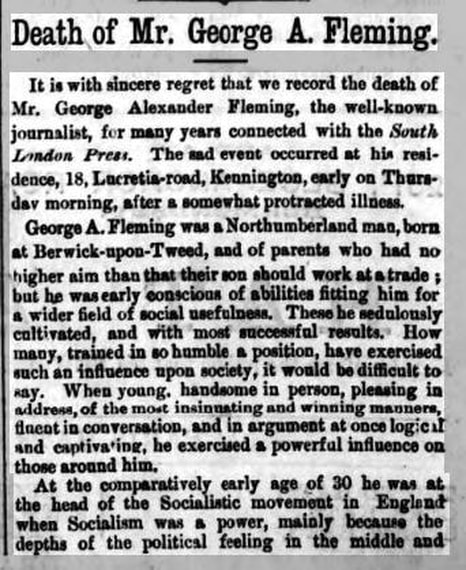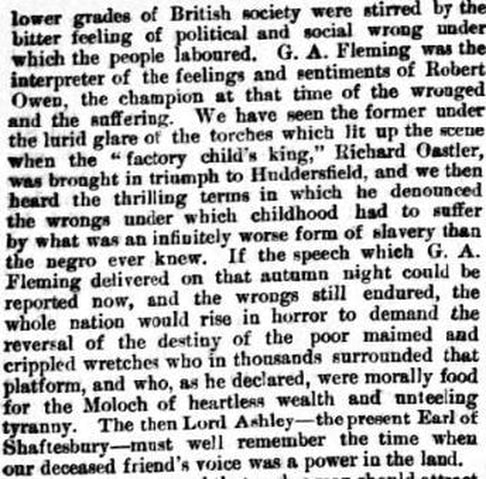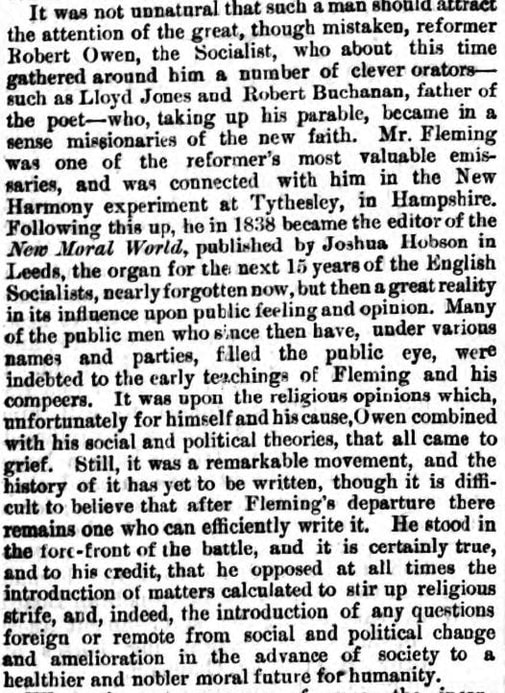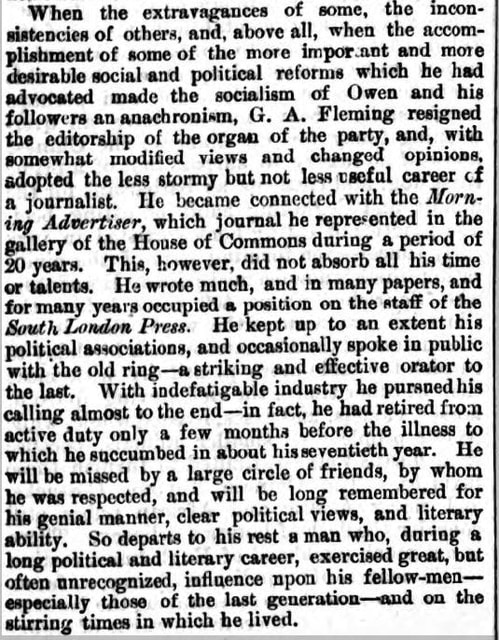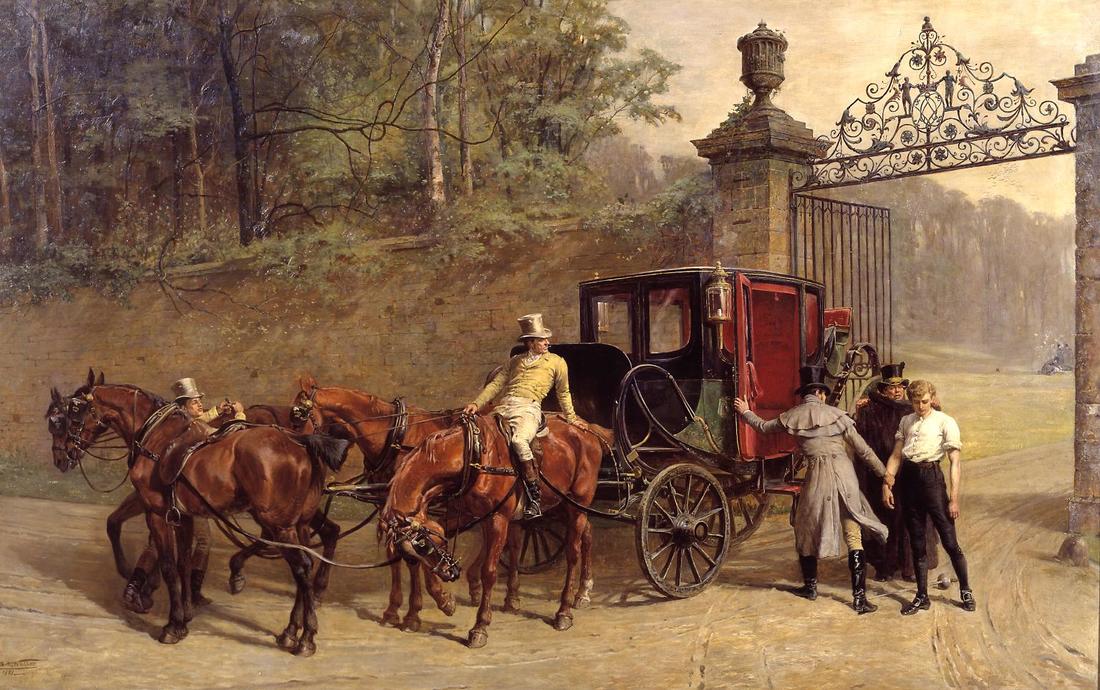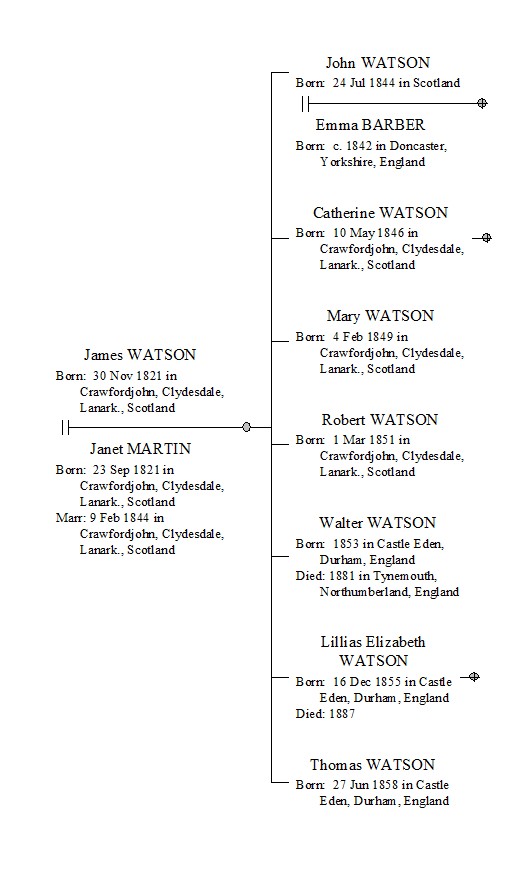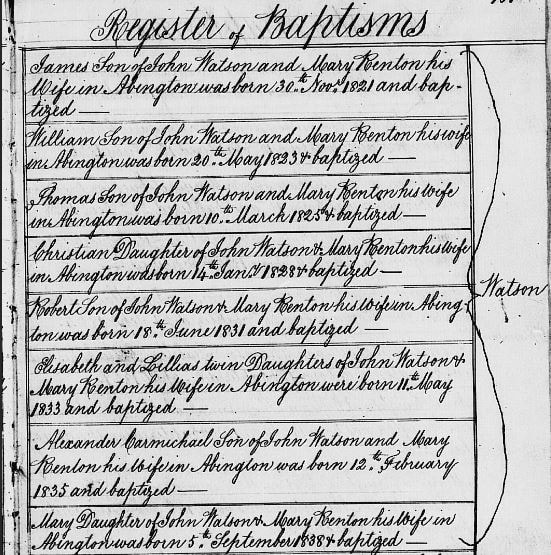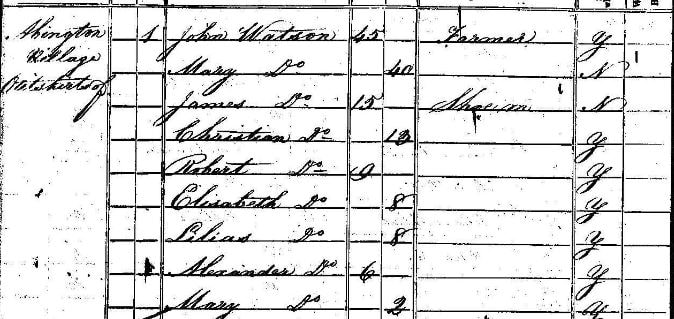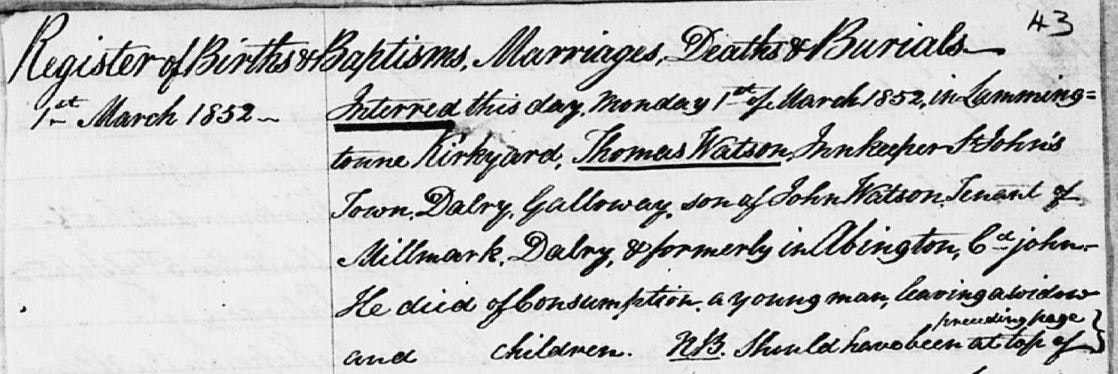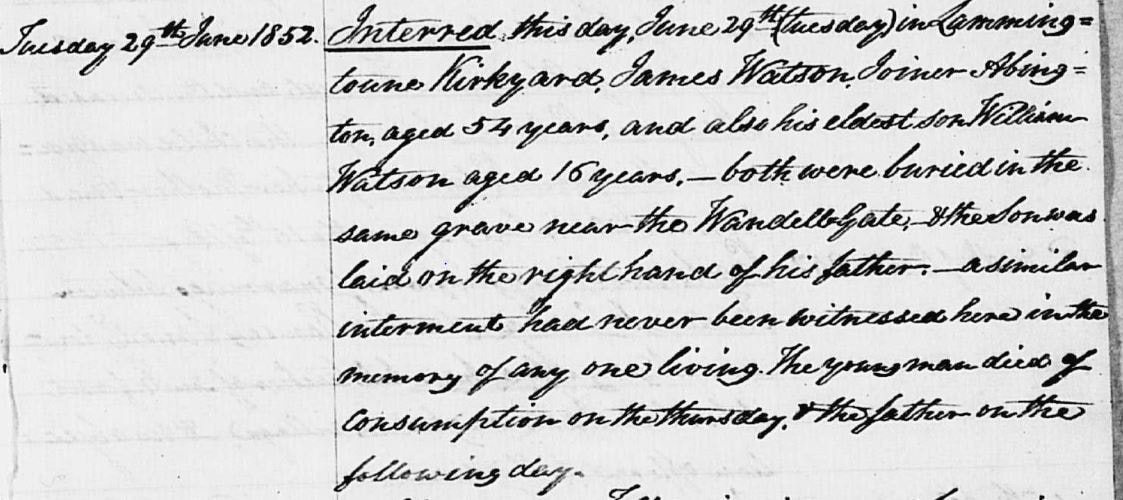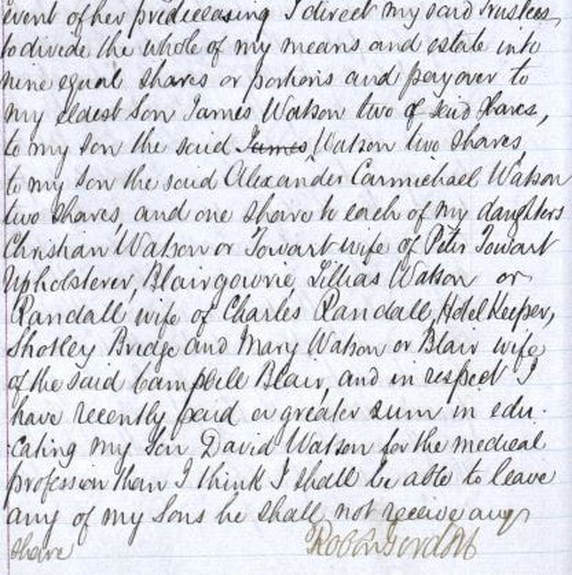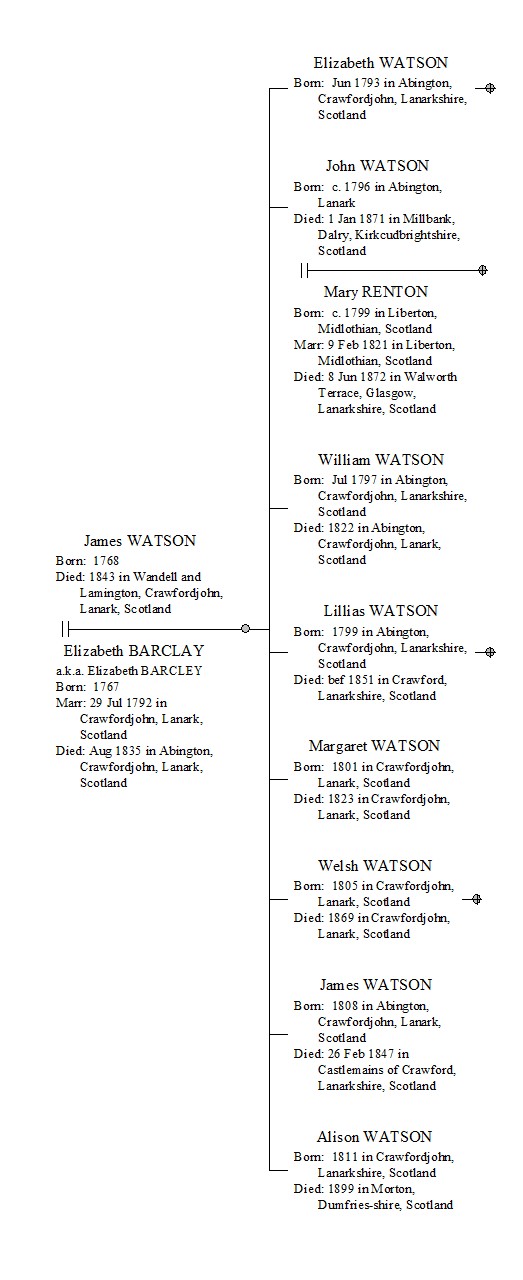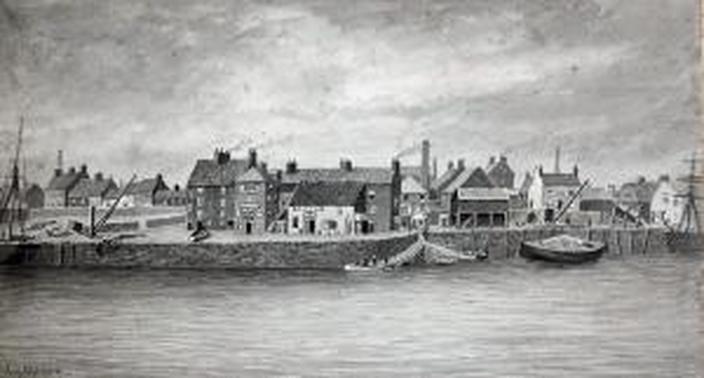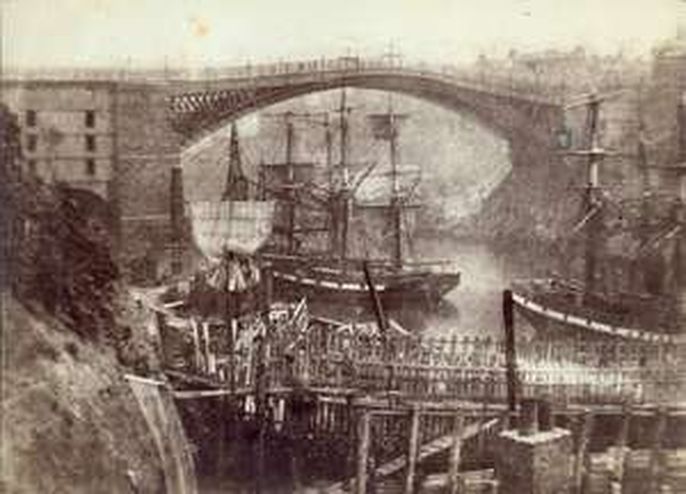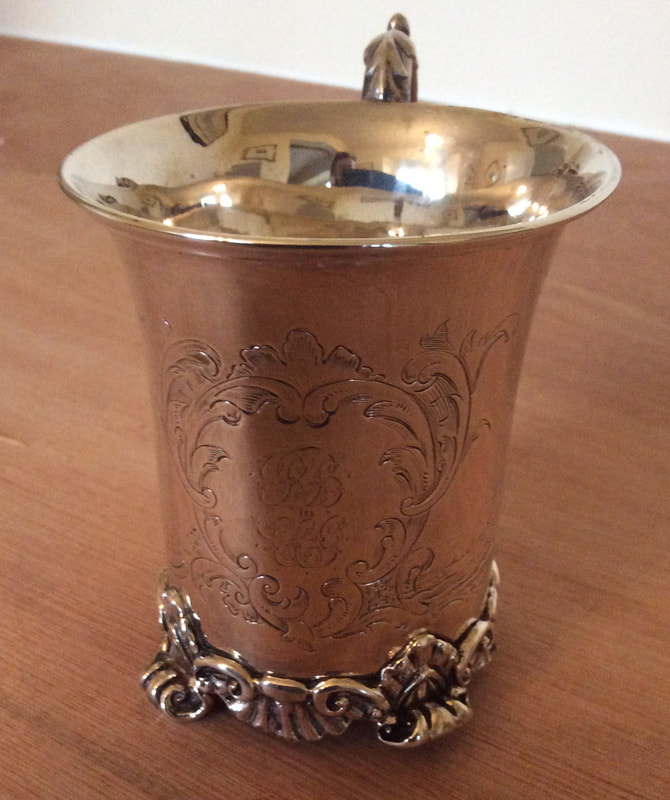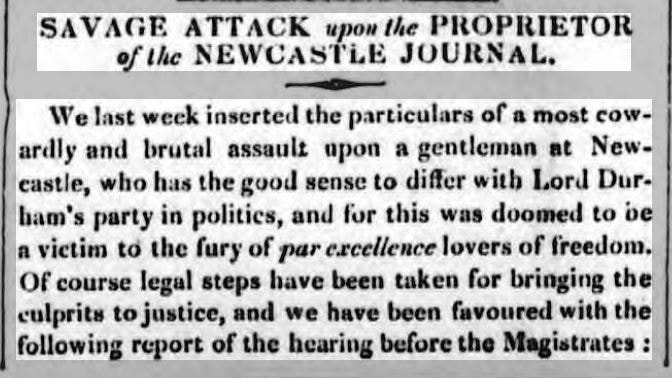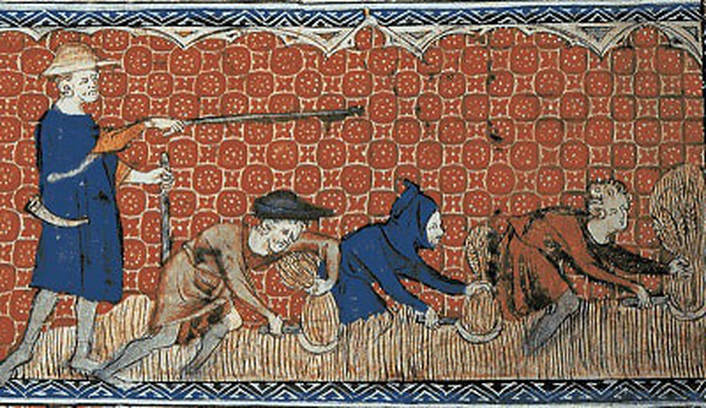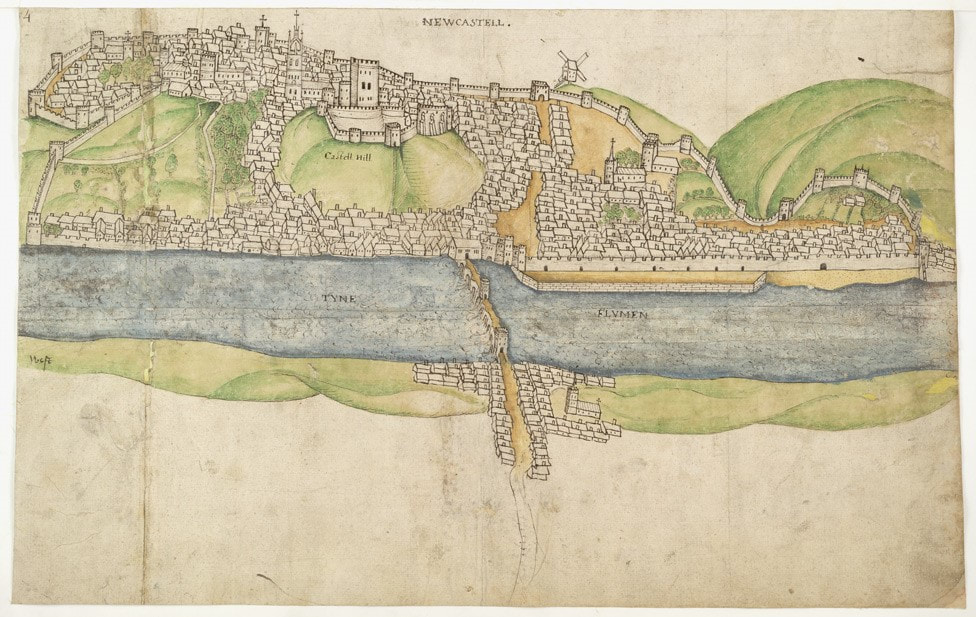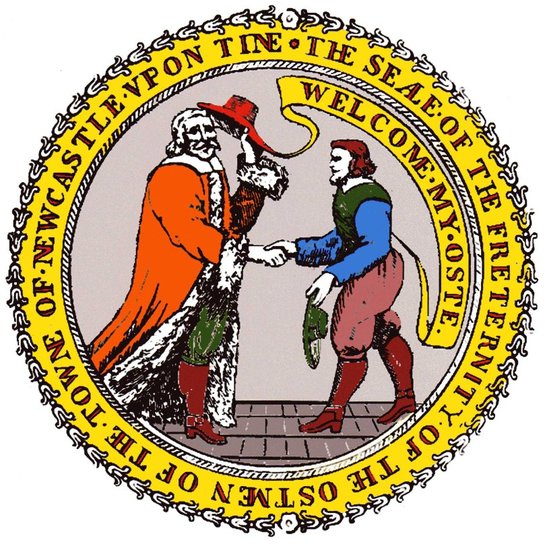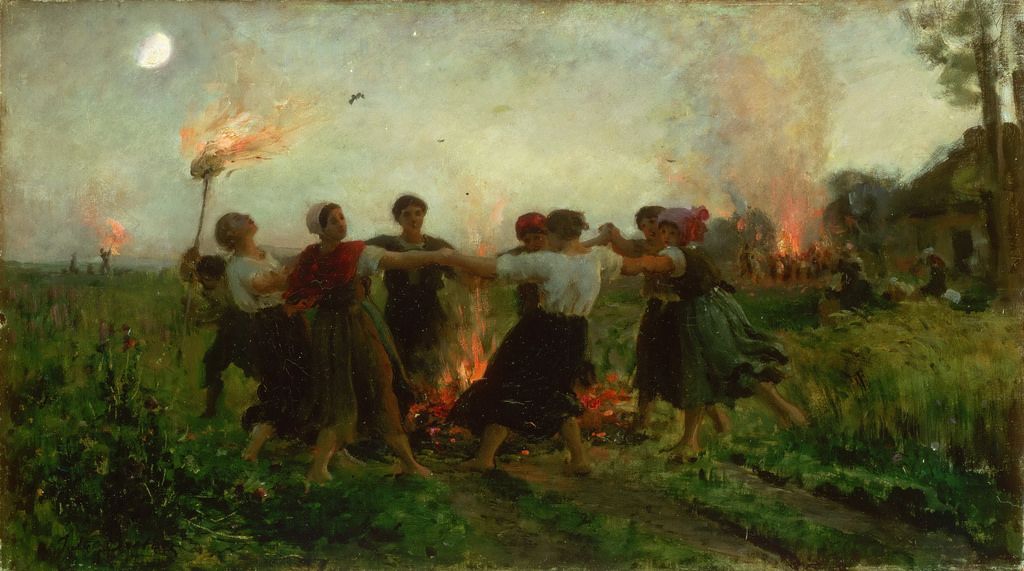|
My DNA and that of my relatives never ceases to amaze me. Although I have very few matches at 4th cousin or closer, (not surprising given how few immediate relatives I actually have), smaller matches that originate deep in my family's past are now providing proof of links to ancestors many generations ago. Most of these matches are living overseas, which reinforces my theory that the sense of 'identity' is heightened by separation. A type of 'displacement' has occurred that heightens the sense of ancestral belonging which is the driving force behind why more people than ever are testing their DNA. Many just want to test their 'admixture' or, as Ancestry calls it 'ethnicity', which represents the ancient migratory paths taken by our ancestors. Others are keen to use 'cousin matching' to reconnect with lost family members. Whatever your motives are for testing, do take some time to consider the potential downsides and the emotional upset it may cause before you 'spit'. A while ago, Margaret Ross contacted me for a little help which did lead to a revelation which could potentially have caused a great deal of family upset. I suggested she write about her experience so that others may be forewarned. She very kindly agreed. I hope you all enjoy the read. Susie Identity and the Pitfalls of DNA Testing |
| Firstly, this Will clearly demonstrates that Ralph Carnaby junior is not the son of Ralph senior, but the son of a Francis Carnaby and his wife Ann. The age of Ralph at his burial in 1763 would suggest a birth date of circa 1695. It is therefore most likely that he is Ralph senior’s grandson, rather than his son as the history would suggest. It is through this line of descent that heritable freehold of lands in Rothbury passed. It was still in their possession according to the tithe commutations records of the mid nineteenth century, when ownership passed to the Boak family of Rothbury under the Will of Ralph Carnaby of Shawdon (2x great grandson of the testator) in 1842. Ralph Young is named as a grandson in the above Bond and is also clearly in his minority. It is to him that his grandfather passes the ‘farm he now enjoys’ which was presumably the tenancy of Todburn. Secondly, the will also confirms that Ralph senior had at least three married daughters viz: Cecily Pringle; Jane Hardy; and Ann Young (see above). The relationship of Ralph and Jane Potts to Ralph Carnaby senior is not given, but when other offspring and their subsequent marriages are taken into consideration there is strong possibility of a further blood connection through a cousin marriage in the next generation. Indeed, there are several other connections that appear to have been missed (even by GAS) that I have traced and are fairly obvious once you get to know the family. Needless to say, this has added approximately a further 30 individuals to the increasingly more complex tree. (To avoid this information appearing publicly elsewhere, incorrectly attributed and without acknowledgement it is available on request only). (Image shows an English Mortuary Hilted Backsword dating from the English Civil War.) http://www.antiqueweaponstore.com/English%20Mortuary%20Hilted%20Backsword,%20ca.%201640.htm.) Iron hilt with large oval plate guard featuring crudely chiseled floral decor and busts of Charles I; integrally forged knuckle bow and side bars screwed to the chiseled ovoid pommel (one detached where it joins the pommel); the side bars joined to the knuckle bow by a pair of diagonal bars. Short scrolled rear quillon; later leather-wrapped grip with twisted wire. Tapering straight single-edged 30 ½" blade with two narrow fullers at the back running nearly the full length; the point rounded. Sword shows much age and wear, as typically found, with pitting and an untouched nearly black patina overall. Common cavalry weapon used by both sides during the English Civil War. Overall length 36 3/4". |
- His wife at the time of his death was called Mary
- He was owed money from a Francis Carnaby and Richard Carnaby both of Hexham by bond
- He had a mortgage on a house at Green Harbour Court, London.
- His nephew was William Carnaby of Tosson who had a wife named Barbara.
- He had a niece called Isabella by his brother John
- He had a sister called Mary who benefitted from money owed to him by a John Carnaby, plumber in Carlisle which on her death would benefit John’s children.[3] (Was this plumber another relation?)
- He had a niece called Mary (no father named) and a niece called Jane the daughter of his brother Richard.
- He had a sister in law called Frances who was the wife of Thomas Liddell a Glover in Hexham.
- He leaves money to a Thomas Beadland of Haggerston but no relationship is given – possibly a servant as it closely followed by a bequest of '£10 to my black boy Wandoe', his present manservant.
- He was due money upon a South Sea bill. This was to be paid to his cousin Jane of Hexham, widow, for her children. He also had a cousin called Elizabeth Lisle, a nephew James Winsellow, (who had a daughter called Mary Winsellow) and a cousin called Barbara Ord a spinster
- Ralph Carnaby junior did not marry Ann Dobson until 1719 six years after Roger’s death
- The surviving Mary of this union who married Lionel Aynsley was not born until 1735.
Plymouth, Jan 8. Yesterday came in here the Hunter of and for London, Roger Carnaby, Master, from Virginia” Daily Courant (London, England), Tuesday, January 12, 1703; Issue 230. 17th-18th Century Burney Collection Newspapers.
[2] Members of the Errington family were also recusants and known Jacobite activists. This particular branch farmed at Old Park, Netherwitton.
[3] Appointed plumber at St Mary’s in 1687, undertook leadwork on Tullie House, Abbey St in 1689. Dismissed by St Marys in 1713 for substandard work, reinstated in 1721. Son in 1717 worked on Carlisle Castle Downpipes. Father died 4 Oct 1742 aged 87. His children are mentioned in will of Roger Carnaby of Hexham dated 1713. Descendants of this Carlisle line married daughters of George Hare and Elizabeth Wright of Ingram. Is this Hare family related to the Hare family that married James Carnaby, Thomas Brewis and Thomas Collin in late 1700s and also potentially linked to the descendants of Francis Carnaby of Todburn?
- History of Northumberland Vol 4, Archive.org
- https://archive.org/details/historyofnorthum04nort/page/20
- The research of Dr Annie Forster, held by Northumberland Archives, 22 Folders – Pedigrees (NRO. 1954/22 – 31), A synopsis of her papers can be found in Northern Catholic History, No.10, 1979.
- Sword Image and other information from 'The Antique Weapon Store'
- http://www.antiqueweaponstore.com
- Other information has been drawn from the research of George Aynsley Smith which is held in the family's private Archive.
- Susannah EGERTON (1776- )
- Thomas EGERTON (1777-c. 1779)
- Jane EGERTON (1779- )
- Elizabeth EGERTON (1781-1865)
- Mary EGERTON (1788-1850)
- John EGERTON (1791-1881)
- James EGERTON (1793-1832)
- Lucretia EGERTON (1796-1861)
James’ older brother John was also a coach proprietor at the time of his brother’s untimely death. By 1827 he had moved from London to Brighton and was running a coach from the Spread Eagle Inn to Hastings.
- Frederick Egerton WOLEDGE (c. 1841-1883)
- William Egerton WOLEDGE (1842-1876)
- Emma Egerton WOLEDGE (1844- )
- Mary Egerton WOLEDGE (1845- )
- John Egerton WOLEDGE (1846- )
- Herbert Egerton WOLEDGE (1849- )
- Amelia Egerton WOLEDGE (1851- )
- Clara Egerton WOLEDGE (1852- )
- Earnest Egerton WOLEDGE (1854-1858)
- Percival Egerton WOLEDGE (1857-1928)
- Florence Egerton WOLEDGE (1857-1929)
- Mary Esther HINE (1842- )
- Alice HINE (c. 1844-1925)
- Henry William HINE (c. 1845- )
- Elizabeth Mary HINE (1846- )
- Marian HINE (c. 1848-1937)
- Frederick James Egerton HINE (c. 1849- )
- William Egerton HINE (1851- )
- Alfred HINE (c. 1853-c. 1864)
- Mary Gertrude HINE (c. 1855- )
- Frances Isabel Egerton HINE (1857-c. 1857)
- Frances Katherine Egerton HINE (1858- )
- Arthur Roffey Egerton HINE (1860-c. 1861)
- Edith Egerton HINE (1861-c. 1864)
- Ethel Mary Egerton HINE (1863- )
- Maud Egerton HINE (1867- )
[1] Arts & Crafts Network https://www.accn.org.uk/Ethel-Blount-Maude-King/
[2] Peasant Arts http://peasant-arts.blogspot.com/p/introduction.html
The awful and sudden death of a near relation of ours at Shawdon Wood House happened with that great thunderstorm on the 14th and 15th of this present month to Miss Barbara Donkin, Mr Donkin’s only daughter and niece to Ralph and John Carnaby who are own cousins to us
Died on Wednesday last our Friend and Cousin Ralph Carnaby Esq, of Shawdon Wood House a very stout and gross made man I should say nearly 20 stones but a real worthy character. A man I should say, never did ill to no person, but a good natured peaceable person long steward for the Hargreaves family of Shawdon, and I should say by them much regretted, he has left only brother John who was an attorney some time in Morpeth … R Carnaby formerly lived at Todburn who was born then his father James Carnaby married my mother’s younger sister they farmed Todburn, Hedley Wood and the West Field near Rothbury before they left for Shawdon … the only surviving of the family is John, a very quiet and inoffensive man but not brought up to Farming, consequently he will leave the place on May first and retire to some quiet place to spend the remainder of his days.
Died at Whittingham on Wednesday 7th February John Carnaby Esq our cousin …it is said he has left his property which is said 15 or 20,000 to Dr Trotter of Morpeth, should it be so, it is said he was not capable of making his will but the Dr had haunted him to settle his affairs upon the Hargreave family of Shawdon, how that may be time will determine, he has no relative but our family and more strange, never sent word that he was dead, or invited to his funeral!!!
An alarming and destructive fire took place at Shawdon Hall, the seat of W Pawson Esq on Sunday last… But the Hand of Providence is sure and retribution cometh in due time, the family of Dr Trotter and Mr Smart of Sunderland swindled our family of the cash and goods belonged our cousins Carnabys effects!!!!
- Jean b. 1773
- George b. 1775
- Margaret b. 1777
- John b. 1779
- Helen b. 1782
- Esther b. 1786
- John b. 16.1.1806
- Catherine b. 1808 died 1819 buried at Stichill with her grandfather.
- Elizabeth (Betty) b.1810
- George b.1814
- William b. 1819 later of Coldside Farm.
George Smeaton (1814-89) was born in Berwickshire, studied at Edinburgh University, and was ordained to the ministry of the Church of Scotland at Falkland in Fife in 1839. He was among those hundreds of ministers who came out at the Disruption in 1843 to form the Free Church of Scotland, and later that year was inducted to Auchterarder Free Church. He was appointed to the Chair of Divinity at the Free Church College in Aberdeen in 1853, and in 1857 became Professor of New Testament Exegesis at New College, Edinburgh, holding this post until his death in 1889.
His works on the atonement for which he is best known – The Apostles’ Doctrine of the Atonement and Christ’s Doctrine of the Atonement – are published by the Trust, together with his The Doctrine of the Holy Spirit.
https://banneroftruth.org/uk/about/banner-authors/george-smeaton/
He left for New Zealand in 1878 where he taught school for several years. Smeaton then travelled to Australia where he spent ten years as a journalist before finally returning to Britain in 1893. Moving to Edinburgh, he began writing about Australian life and literature for various publications in Victorian Britain, including a multi-volume effort popularly known as the "Famous Scots Series". He also began writing several adventure and children's fiction novels such as By Adverse Winds (1895), Our Laddie (1897) and A Mystery Of The Pacific (1899).
John Smeaton (1806-1841), born at Hume, Berwickshire
Civil Engineer to the London Dock Co
1842 John Smeaton of the London Docks, became a member of the Institution of Civil Engineers
Was the familial association dreamed up by the young Smeaton’s father to inspire them? We shall never know but the legend has endured to this day. The reason why Esther was at Eglinton Castle in 1817 remains a mystery and as no records for Smeaton can be found in Ayreshire it will likely remain so.
Born on the 14th May 1771, in Newtown, a small market town in Wales, Robert was the sixth of seven children born to the local saddler and ironmonger. He was an intelligent boy who read avidly, loved music and was good at sports. He began his career in the textile industry early on, from around the age of 10. By the time he was 21 he was a mill manager in Manchester. His entrepreneurial spirit, management skill and progressive moral views were emerging by the early 1790s. In 1793, he was elected as a member of the Manchester Literary and Philosophical Society, where the ideas of reformers and philosophers of the Enlightenment were discussed. He also became a committee member of the Manchester Board of Health which was set up to promote improvements in the health and working conditions of factory workers. Meanwhile, in Scotland, New Lanark Cotton Spinning Mills were being established. This enterprise was to prove pivotal in Owen’s career as a businessman and social pioneer.
George Alexander Fleming was active in the early co-operative movement in Salford, including the Salford co-operative store and the co-operative school. He was instrumental in the founding of the Salford Community Association in 1836. Fleming was later prominent in the Association of All Classes of All Nations, and was editor of the New Moral World, and later of the Moral World. After the end of the Owenite movement, he was involved with the League of Social Progress and the Co-operative League. (John C Langdon) DPhil University of York, 2000.
In the 1840s, Robert Owen embarked on a new settlement at Queenwood Farm in Hampshire. This land was originally part of the manor of East Tytherley, called Columbers in the 15th century. He rented out the 1000 acres and built a luxurious mansion, Harmony Hall, as his centre for Social settlement. There was insufficient capital and the community, intended to support 500 members, barely reached a hundred souls. It was an abject failure, running out of funds and discipline. His followers Owenites were bitterly disappointed and he moved on. Robert Owen continued his evangelistic approach and was never silent on the subject of Socialism. http://www.hampshire-history.com/robert-owen-pioneering-socialist/
At the other end of the spanner, James, son of John Watson and Mary Renton of Milbank seems to have made a remarkable recovery from his fatal infliction as he appears as clear as day in his father’s will which was written in 1864!
‘By the time of the 1851 census Sunderland Borough encompassed the whole of Sunderland, Monkwearmouth and Bishopwearmouth and was home to 63,897 people. Of the trades and professions represented in the town, seamen were the biggest group with 3,060 sailors resident in the town. Shipwrights (shipbuilders) were the next biggest group with 2,025 employed in this trade.'[1]
Some Useful and Interesting Sources
Street Maps of Sunderland in 1860 http://www.durham-images.org/public/ms/spin.html
Sunderland: A History of the Town, Port, Trade and Commerce
https://archive.org/details/sunderlandahist00pottgoog
Personal recollections written by Taylor Potts of Sunderland in 1892
Looking for Durham Ancestors? I thoroughly recommend using Durham Records Online as their records contain full transcripts which often yield far more information than other online indexes.
beanys & peson[2] taward[es] the vytayling of late
Thomas Erle of Surrey Tresorer of englande
grete Capteyn And deputie to owre saide Sov[er]ayn
lorde & hys hoost in hys warres northwarde A
ganyst the king of Scott[es] & hys subjett[es]
The hostmen, who were often also the Burgesses of Newcastle and the coal owners, exploited a custom often used in other cities of 'foreign bought and foreign sold'. This custom provided that any goods brought into the town by a foreigner (either an Englishman or an alien) who was not a freeman, could be bought only by a freeman, and similarly any goods purchased must be bought from a freeman. Thus, in every case of a purchase or a sale, one of the parties must be a freeman.[3]
| Whatever the mayor and the town officials did, they did it in flamboyant style, not least in the manner of their dress. In December 1508 an amount of £4 6 shillings was spent on a silver collar for their minstrel William Carr that weighted in at a hefty 16 ounces. This was in addition to expenses for the Mayor’s sword belt made of velvet, a silver gilt buckle and pendant, £11 was spent on the liveries of the town’s sergeants and waits (minstrels), and in January 1509, 9 shillings was spent on 27 grey skins for the mayor’s new hat. It paints a colourful picture with the Corporation and other Town Guilds at the centre of what would appear to be a prosperous and bustling town. |

'It[e]m paid to John yest[er] (note the yogh in place of the consonant 'y') ffor iij dayis (note the 'is' ending) d[imi] s[er]vying (note the yng ending where the y is used in place of the vowel 'i') the masons 10d ob (10 old pence halfpenny)'
Oxford English Dictionary http://www.oed.com/view/Entry/223242?rskey=osF6WP&result=1#eid
[2] ‘Peson’ is the archaic word for peas.
[3] Peter D Wright, Life on the Tyne: Water Trades on the Lower River Tyne in the Seventeenth and Eighteenth Centuries, a Reappraisal, Abingdon, 2016, p4.
Author
Susie Douglas
Archives
August 2022
July 2022
June 2022
May 2022
April 2022
March 2022
February 2022
January 2022
December 2021
November 2021
October 2021
September 2021
August 2021
July 2021
June 2021
May 2021
April 2021
March 2021
February 2021
January 2021
December 2020
November 2020
October 2020
September 2020
August 2020
July 2020
June 2020
May 2020
April 2020
March 2020
February 2020
January 2020
December 2019
November 2019
October 2019
September 2019
August 2019
July 2019
June 2019
May 2019
April 2019
March 2019
February 2019
January 2019
December 2018
November 2018
October 2018
September 2018
August 2018
July 2018
June 2018
May 2018
April 2018
March 2018
February 2018
January 2018
December 2017
November 2017
October 2017
September 2017
August 2017
July 2017
June 2017
May 2017
April 2017
March 2017
February 2017
January 2017
December 2016
November 2016
October 2016
September 2016
August 2016
July 2016
June 2016
May 2016
April 2016
March 2016
February 2016
January 2016
December 2015
November 2015
October 2015
September 2015
August 2015
July 2015
June 2015
May 2015
April 2015
March 2015
February 2015
January 2015
December 2014
November 2014
October 2014
September 2014
August 2014
July 2014
June 2014
May 2014
April 2014
March 2014
February 2014
January 2014
December 2013
November 2013
October 2013
September 2013
August 2013
July 2013
June 2013
May 2013
April 2013
March 2013
February 2013

